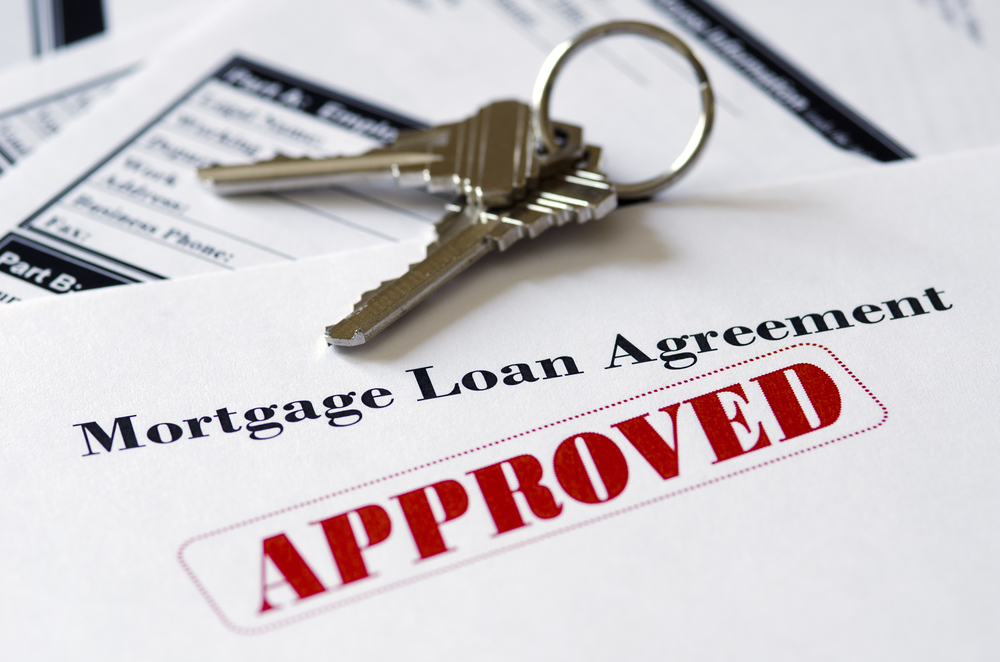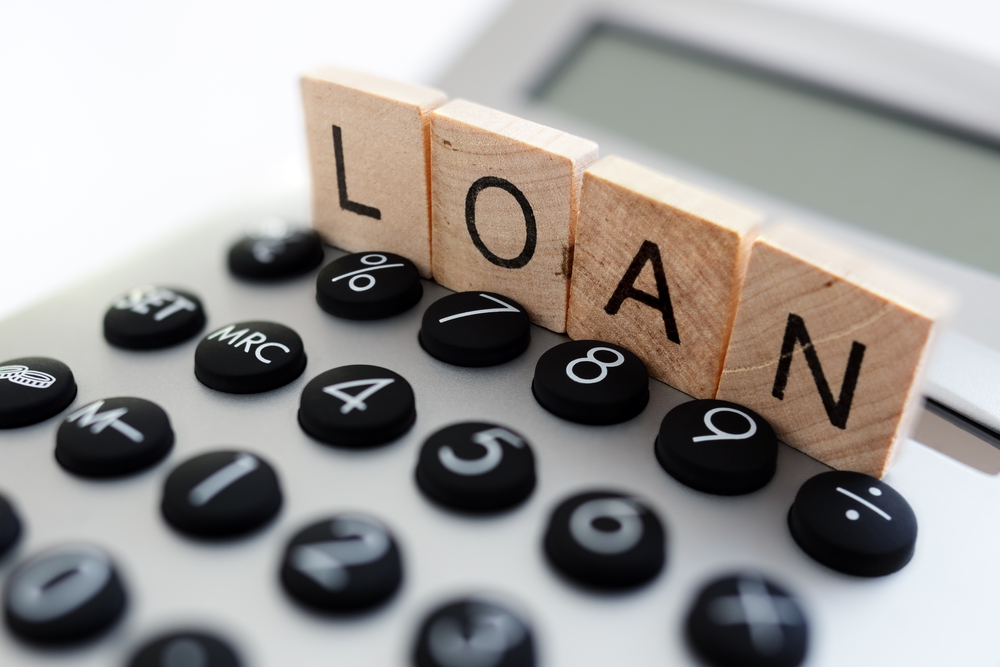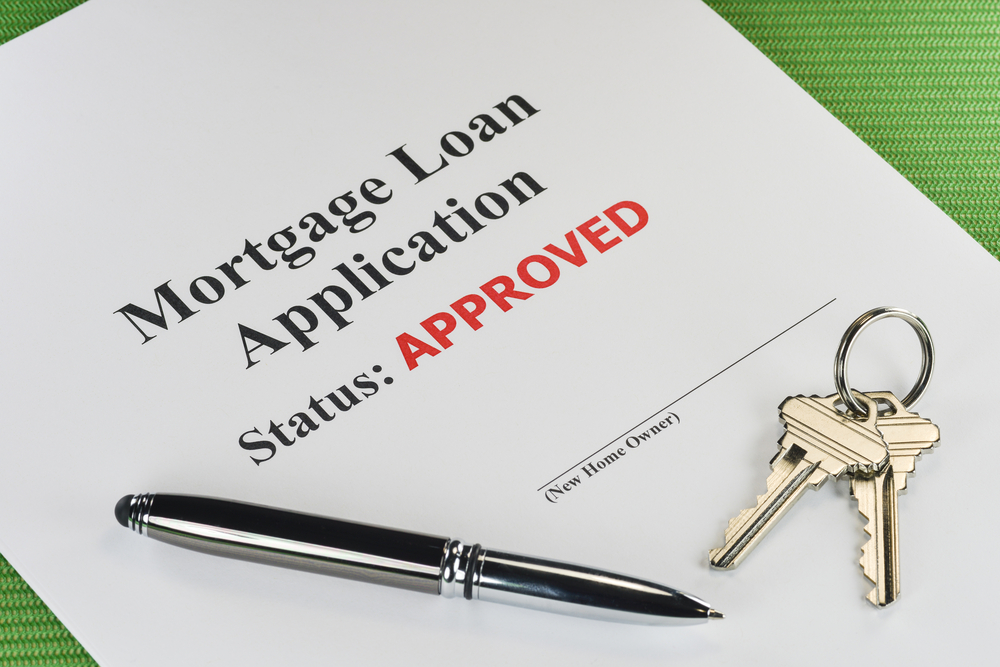When it comes to mortgage loans, there are two primary kinds – adjustable-rate mortgages (ARMs) and fixed-rate mortgages (FRMs). The “adjustable” and “fixed” parts of the mortgages refer to the interest rate. As the name suggests, an adjustable-rate mortgage has an interest rate that can fluctuate over the life of the loan. On the other hand, a fixed-rate mortgage’s interest rate doesn’t change during the loan.
Fixed-Rate Mortgages
While there are fixed-rate mortgages that have the same or “level” payments throughout the loan, there are also some with payments that increase or decrease over the years. Mortgage payment is split between interest on the loan and the cost of the home, or principal. In the first years of a fixed-rate mortgage, most of the monthly mortgage payment goes toward the interest. As the years pass, more of the payment goes toward principal and less toward the interest.
Borrowers who have fixed-rate mortgages don’t have to worry about the increased mortgage payment that results from an increase interest rate. But, these borrowers also don’t get the benefit of a lower interest rate unless they refinance, which can often be costly.
Adjustable-Rate Mortgages
Adjustable-rate mortgages have interest rates that change over time. Payments on an adjustable-rate mortgage are usually lower in the first years than fixed-rate mortgage payments. This is one of the things that attracts many borrowers to adjustable-rate mortgages. However, ARM payments will usually increase after a few years, sometimes higher than payments on a comparable fixed-rate mortgage.
ARMs have two parts to the interest rate. First, there is an index which is based on the market interest rate. Then, there’s an additional interest charged by the lender. Since your ARM’s interest is based partly on market interest rates, your interest rate will change as market interest rates change. Your lender may specify a minimum interest rate that keeps your payments from changing much if mortgage interest rates go down. You may also have a maximum interest rate, which your interest rate will never rise above.
Each adjustable-rate mortgage has a specific amount of time that passes before the interest rate changes. This period might be from three months to seven years. If you have a 3-year ARM, your interest rate and payment will change once every three years. When it’s time for your ARM to adjust, it will go higher or lower depending on market interest rates at that time.
Which is Better?
There are benefits to each type of mortgage. Some borrowers are drawn to fixed-rate mortgages because there’s less risk involved. Interest rate and payments are the same throughout the life of the loan. There’s no worry about whether you’ll be able to afford your monthly mortgage payment when interest rates go up.
Adjustable-rate mortgages are often attractive because their initial interest rate and monthly payments are lower than those on fixed-rate mortgages. Borrowers often count on being able to refinance their loans by the adjustment period, but this isn’t always possible. Because of the lower initial payment and interest rate, borrowers often qualify for adjustable-rate mortgages when they wouldn’t qualify for fixed-rate mortgages.
Before you choose a mortgage loan, fixed or adjustable, make sure you are aware of the pros and cons of each choice.







